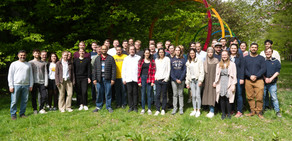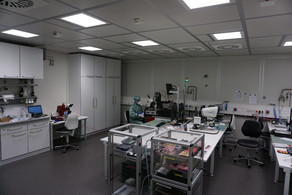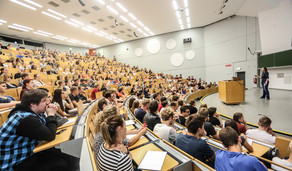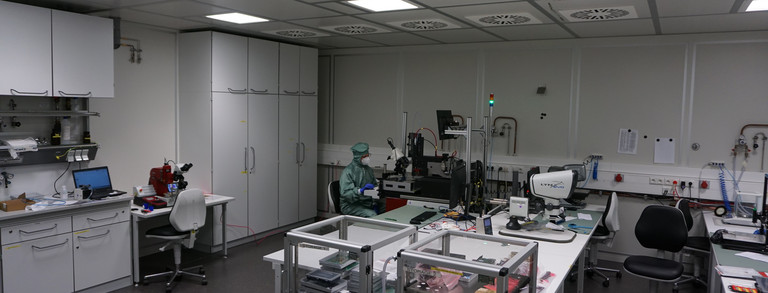Publikationen
2023
| E. Derugin et al. | Deep TL: progress of a machine learning aided personal dose monitoring system | Radiat. Prot. Dosim. 199 (2023) 8 |
2022
| F. Mentzel et al. | Accurate and fast deep learning dose prediction for a preclinical microbeam radiation therapy study using low-statistics Monte Carlo simulations | [arXiv: 2212.05659] Cancers 15 (2023) 2137 |
| F. Mentzel et al. | Small beams, fast predictions - A comparison of machine learning dose prediction models for proton minibeam therapy | Med Phys. 49 (2022) 779 |
| F. Mentzel et al. | Fast and accurate dose predictions for novel radiotherapy treatments in heterogeneous phantoms using conditional 3D-UNet generative adversarial networks | MedPhys. 2022; 1-16. [arXiv: 2202.07077] |
2021
| F. Mentzel et al. | No more glowing in the dark: How deep learning improves exposure date estimation in thermoluminescence dosimetry | J. Radiol. Prot. 41 (2021) 506 |
2020
| F. Mentzel et al. | Extending information relevant for personal dose monitoring obtained from glow curves of thermoluminescence dosimeters using artificial neural networks | Radiat. Meas. 136 (2020) 106375 |
| M. Hötting et al. | Study of radiation-induced frequency shifts in quarz crystal oscillators, proceedings of the 2020 IEEE International Conference on Wireless for Space and Extreme Environments (WiSEE), Vicenza, Italy | DOI |
2019
| M. Heiny et al. | A new TL-DOS neutron dosemeter for measurements of the personal dose equivalent Hp(10) | Radiat. Prot. Dosim. 188 (2019) 8 |
| K. Kröninger et al. | A machine learning approach to glow curve analysis | Radiat. Meas. 125 (2019) 34 |
2018
| R. Theinert et al. | Fading time and irradiation dose estimation from thermoluminescent dosemeters using glow curve deconvolution | Radiat. Meas. 108 (2018) 20 |
2017
| M. Piepenbrock et al. | Development of a badge for the thin-layer thermoluminescence dosemeter system TL-DOS to measure the whole body dose Hp10 and the partial body dose Hp0.07 | Radiat. Meas. 106 (2017) 543 |
| R. Theinert et al. | Computational analysis of thermoluminescence glow curves from thin layer dosemeters under exponential heating | Radiat. Meas. 106 (2017) 252 |





